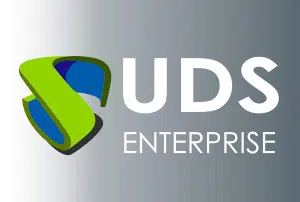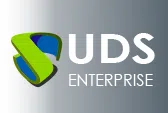During the pilot, the IT department must take the requirements, environment, business and end users needs into account. The tests and adjustments made during the pilot stage are crucial to recreate the operation of the virtual desktops in a real environment and to measure the shared resources needed for the subsequent deployment of the virtual desktops.
At this stage, we consider the use of non-persistent virtual desktops. This is a critical point in the planning process, as it directly affects the subsequent desktop lifecycle stages.
While the physical features of the PC or desktop to be implemented are decided during this stage in standard platforms, in a virtual desktop platform you can choose from different alternatives:
• Substitute the current fleet of desktops with thin clients.
• Make this substitution gradually using the existing desktops as connection terminals.
After the planning phase, comes the acquisition VDI phase, which we will be discussing in forthcoming articles.







0 Comments